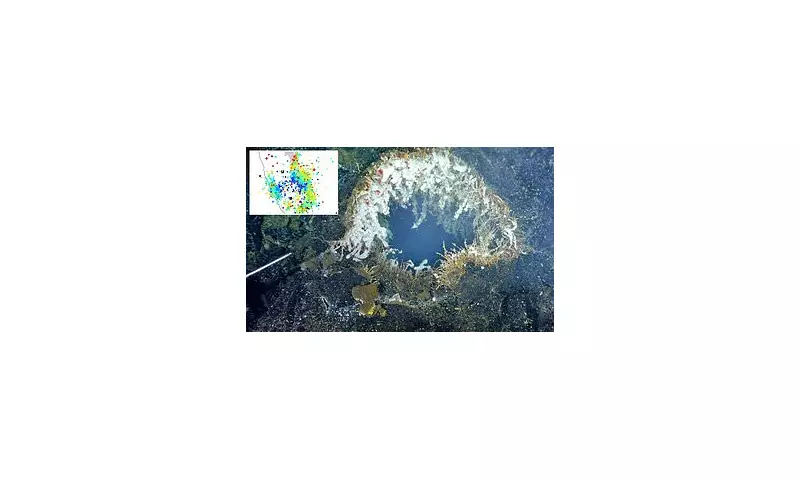
A significant earthquake has struck off the Oregon Coast, sending tremors through a region monitored for its highly active underwater volcano, the Axial Seamount. The seismic event, recorded by the US Geological Survey (USGS), occurred in the early hours of Wednesday morning.
Seismic Activity and Volcanic Proximity
The USGS recorded a magnitude 4.2 earthquake at 3.38am ET on Wednesday, with an epicentre less than 185 miles from the coastal town of Barview. Crucially, the quake's origin was also roughly 200 miles from the Axial Seamount, a volcano that last erupted in 2015 and has been building towards another major explosion.
This event marks the third major seismic occurrence in the area within a mere two-week period. However, researcher and geophysics expert Bill Chadwick from Oregon State University has moved to reassure the public, stating that this particular tremor is not expected to be the catalyst that triggers a volcanic eruption.
The Science Behind the Swells and Quakes
Unlike the hundreds of smaller tremors recorded directly beneath the volcano, Chadwick explained to Daily Mail that these larger quakes are linked to the nearby Blanco Fracture Zone, where tectonic plates slide past one another. Chadwick and his team have been vigilantly monitoring the Seamount throughout the year, noting a steady increase in tiny earthquakes around its mouth—a classic indicator that an eruption is approaching.
Scientists had previously estimated that the Axial Seamount would erupt once its ground swelling, or inflation, exceeded 12 inches beyond its 2015 level. Currently, data shows the volcano's inflation rate is only about six inches per year. Chadwick and his colleague, Scott Nooner from the University of North Carolina at Wilmington, explain that this inflation and seismic activity are signs of magma moving upwards through cracks, stressing the surrounding rock.
"The inflation threshold is just an 'educated guess' of when it might erupt again, but there is nothing magic about it," Chadwick noted. Based on the current rate, he and Nooner stated in an October blog post that the volcano won't reach the critical inflation threshold until mid-to-late 2026.
Revised Eruption Timeline and Public Safety
While researchers initially held to a 2025 prediction, new data has prompted a revision. Although the Seamount experienced up to 2,000 earthquakes in a single day back in August, activity has since slowed. The latest readings from the University of Washington show earthquake levels have fallen to their lowest since July.
When the eruption does eventually occur, the number of daily underwater quakes is expected to skyrocket from around 100 to as many as 10,000 within 24 hours. The volcano is predicted to spew out millions of tons of very fluid lava. Fortunately, the impending eruption poses no threat to human life on the shores of Washington, Oregon, or California, being too deep and too far from land for people to even notice.
Chadwick confirmed that even with the delayed eruption, the added buildup is not expected to change the nature of the explosion or increase any risk to the public. "It's hard to say what the size of the next eruption will be, but probably not too different from the last few eruptions," he revealed.





